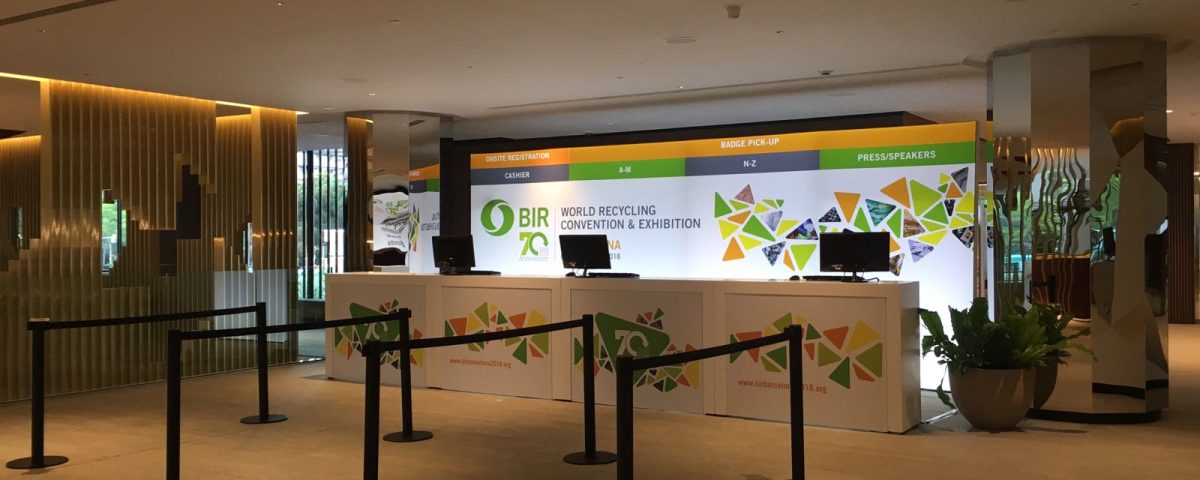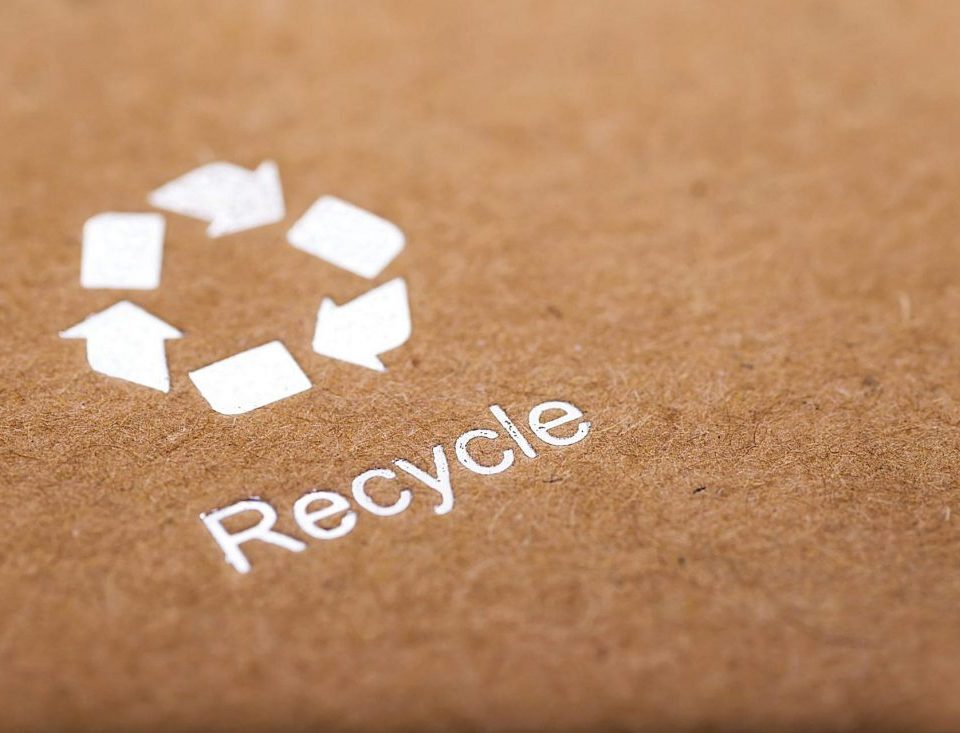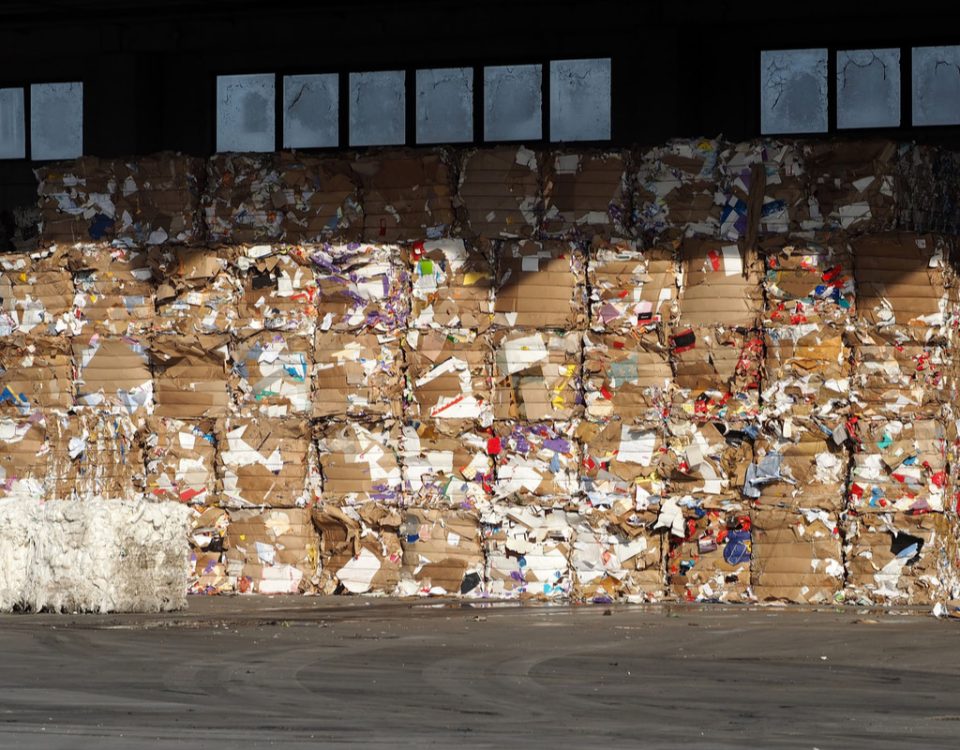
Ivar Vatne appointed Deputy CEO of Billerud
October 26, 2022
Paper Excellence and Resolute will sell Thunder Bay pulp and paper mill
October 28, 2022
The profitability of papermaking in 2022 has been tied to recovered paper and affordable energy supplies.
Reduced energy supplies in Europe have caused once profitable paper mills to face entirely new profit-and-loss calculations, according to the president of the Paper Division of the Brussels-based Bureau of International Recycling (BIR).
Speaking at the Paper Division meeting at the BIR Autumn Round-Tables event, which took place in Dubai, United Arab Emirates (UAE), in mid-October, Francisco Donoso, of Spain-based Dolaf Servicios Verdes S.L. presented a European industry sector that has scaled back production in response to Russia’s curtailment of natural gas and oil exports to the European Union.
Donoso said prices for old corrugated containers (OCC) had fallen from 80 percent to 90 percent in recent months, amid extremely low demand around the world and high inventories of the material at paper mills in Europe.
“The high cost of energy—and specifically gas—is one of the reasons for this, as it has become by far the largest production cost for mills,” Donoso said. “They cannot pass on this cost in their sales prices because demand for their products is also low, [and] neither can they reduce their energy costs. Therefore, the only cost they can manage is what they pay for their raw material.”
Regarding conditions in the United States, Donoso said, prices for the mixed paper had reached zero dollars in some locations. However, prices had fallen fastest in Europe, and Donoso said he anticipated further downtime, suggesting, “It is difficult to know where the bottom is” in the European market.
Nishant Sahney, of UAE-based Gaurav Vipa Papers Pvt. Ltd., whose company sells material in India, said high recovered paper prices in the Middle East from more than six months ago had fallen away dramatically.
“We don’t have exports to China anymore because the Chinese are not buying pulp,” Sahney said. “On top of that, because of less demand in U.S. and Europe, we are now competing with manufacturers from the Middle East and other Asian countries. Mills in India are now running at 70 percent capacity, so that is why they cannot afford the prices of six months ago.”
Ranjit Baxi, president of the BIR-affiliated Global Recycling Foundation, sounded a more upbeat note, saying the paper sector had always proven to be resilient. “Ours is a very strong industry, and we always come out stronger, even through COVID,” he said.
Baxi continued, “It’s the expertise and commitment of our people that make it work. Demand for paper is not falling—it will still be there. It’s time we supported new countries elsewhere—in the [Middle East] or countries in Africa, which could be the next manufacturing hub. Let’s not be upset by the price fluctuation; market demand will be strong, so let’s be positive.”
While conditions in India may have suffered a setback recently, Sahney’s presentation portrayed the Indian market as having imported seven million metric tons of scrap paper in 2021, 40 percent of which came from the U.S., 25 percent from Europe and 22 percent from the Middle East, with Sri Lanka, Australia, and Africa making up the balance.
In India, consumerism was on the rise, Sahney said, and with 65 percent of Indians below the age of 35, this was a big opportunity for the paper industry. Another plus is the Swachh Bharat Abhiyan program in India, designed to increase scrap paper collection.
However, Sahney added, China had invested hugely in Vietnam and Malaysia in recent years to cater to its domestic market, denting the demand for Indian products and creating a supply-demand gap. “This is the question: Did China invest because they could or because they should? We will know the answer soon,” he said. “Add to that the energy crisis in Europe and no real container demand in the U.S. because of fears of recession, and we see the reason for the freefall in recovered paper prices across the board.”
Atul Kaul of Saudi Arabia-based paper and board producer Waraq said in that kingdom in 1996, production required 85 percent virgin fiber, but it had now swung around to using 85 percent recovered paper.
Similarly, in 1995, 80 percent of Saudi Arabia’s generated recovered fiber was exported with the remainder being landfilled. This year, 90 percent of recovered paper generated will be consumed by local mills, Kaul said.
The BIR Autumn Round-Table Sessions took place at the Intercontinental Festival City in Dubai.



